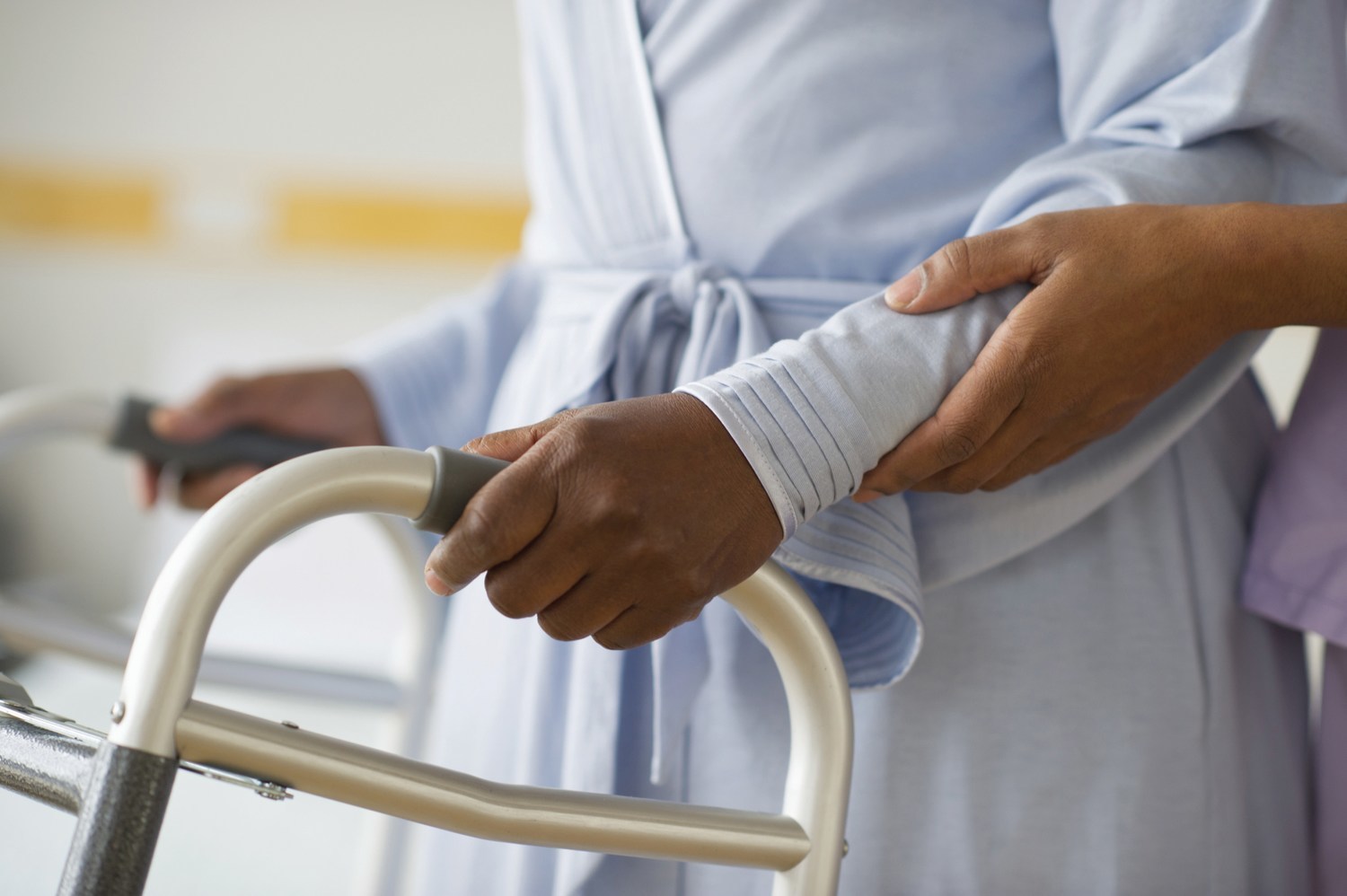
Medical device manufacturer provides safety tips for seniors and caregivers
by CM Staff
Medline provides some risk factors and advice to help deal with aging.

Falls account for 85 percent of all seniors’ injury-related hospitalizations. (CNW Group/Medline Canada, Corporation)
MISSISSAUGA — November is Fall Prevention Month in Canada, a time to raise awareness of this major safety issue for seniors. Each year, 20 to 30 per cent of Canadian seniors will experience a fall. These falls account for 85 per cent of all seniors’ injury-related hospitalizations. They can result in chronic pain, reduced mobility, a loss of independence and even death.
Medline provides some risk factors and advice to help deal with aging.
There are three main risk factors:
Intrinsic Risks – These are things associated with the body and may be more pronounced as you get older. We know that as people get older, their risk level for falls increases. Examples of risks of this nature include:
- Gait or balance impairment – slow reaction time, shorter step lengths or limited range of motion
- Decreased vision or hearing
- Acute illness – symptoms such as fever, weakness, nausea or dizziness
- Muscle weakness and reduced fitness – the lack of strength and endurance necessary to prevent a slip or stumble from becoming a fall
Behavioural Risks – These are risks resulting from individual actions that someone may or may not do. Here are a few examples:
- Assistive devices – proper maintenance and use of devices is critical
- Clothing and shoes – shoes that do not provide the proper support, clothes that are difficult to put on or slippers with poor grip are all risks
- Certain medications – side effects that may cause dizziness or confusion
Environmental Risks – While the other risks have to do with an individual, these are associated with everything surrounding a person. With some studies showing 50 to 60 per cent of falls happen within the home2, environmental hazards are important to be cognizant of. Here are some examples:
- Room environment – everything from a loose carpet to electrical cords to slippery floors
- Weather – in Canada, we’re used to frigid temperatures which means icy conditions that make slipping more likely
- Community hazards – these are often related to building design or community infrastructure that fails to take into account the experience of older people, such as no hand railings near steps
Knowing the types of risks is half of the battle. There are practical tips you can take to mitigate these risks.
- Monitor your health – regular check-ups to check eyesight and hearing every year or two is important
- Stay active – regular exercise can improve your overall health but also mean you’re less susceptible to falling
- Education and awareness – for both older adults and their caregivers, being cognizant of the risks and mitigation strategies
- Appropriate use of assistive devices – some seniors worry about the bulkiness or stigma associated with assistive devices, but they are key parts of reducing the chances of falls. Seeking advice from your doctor is recommended to ensure you’re using the appropriate device
- A safe environment – the only way to combat environmental risks is to change the environment, like removing clutter, ensuring proper lighting, removing hazards that could cause someone to trip or slip, etc.